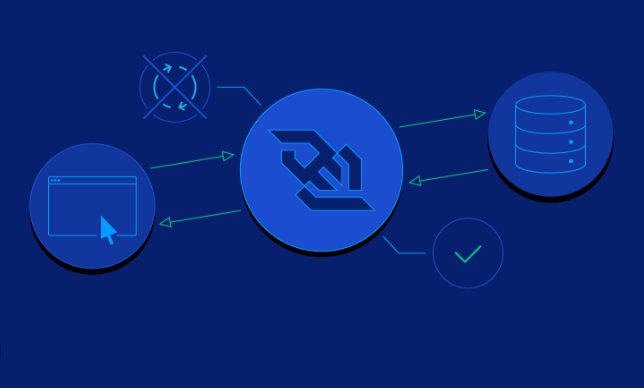Implementing WebSockets for real-time notifications in Java Full Stack applications allows you to establish a persistent, bidirectional communication channel between the server and the client. This enables real-time updates and notifications to be pushed from the server to the connected clients instantly. Here’s an overview of how to implement WebSockets in a Java Full Stack application:
Backend Development (Java with Spring Boot):
- Add WebSocket Dependencies:
Include the necessary dependencies in your project, such asspring-boot-starter-websocketandspring-boot-starter-web. - Create WebSocket Configuration:
Create a WebSocket configuration class that extendsAbstractWebSocketMessageBrokerConfigureror implementsWebSocketMessageBrokerConfigurerto configure WebSocket endpoints and message brokers. - Configure WebSocket Endpoints:
Define WebSocket endpoints by implementing theWebSocketHandlerinterface or extendingTextWebSocketHandler. Override the necessary methods to handle WebSocket connection, message reception, and disconnection events. - Enable WebSocket Message Broker:
Configure a WebSocket message broker to handle message routing and broadcasting. You can use a built-in broker likeSimpleBrokerMessageHandlerorStompBrokerRelayMessageHandler, or implement a custom message broker. - Secure WebSocket Connections:
If required, implement security measures for WebSocket connections. You can use Spring Security to secure WebSocket endpoints and apply authentication and authorization mechanisms.
Frontend Development (JavaScript):
- Establish WebSocket Connection:
In your JavaScript code, create a WebSocket connection by instantiating a new WebSocket object and providing the WebSocket server URL. - Register Event Handlers:
Register event handlers for WebSocket events likeonopen,onmessage,onclose, andonerrorto handle connection establishment, incoming messages, connection closure, and error handling. - Send and Receive Messages:
Use the WebSocket connection object to send messages from the client to the server using thesend()method. Handle incoming messages from the server in theonmessageevent handler. - Update User Interface:
Upon receiving real-time updates or notifications from the server, update the user interface dynamically to reflect the changes. This can involve updating data, displaying notifications, or refreshing specific sections of the page.
Deployment:
Deploy your Java Full Stack application to a server or cloud platform of your choice, ensuring that the WebSocket protocol (usually on port 8080) is allowed and properly configured to handle WebSocket connections.
With WebSockets implemented in your Java Full Stack application, you can provide real-time notifications, live chat functionality, collaborative editing, and other real-time features that require instant communication between the server and the client.




